Home>Furniture>Living Room Furniture>How To Make Your Couch Cushions Stay In Place
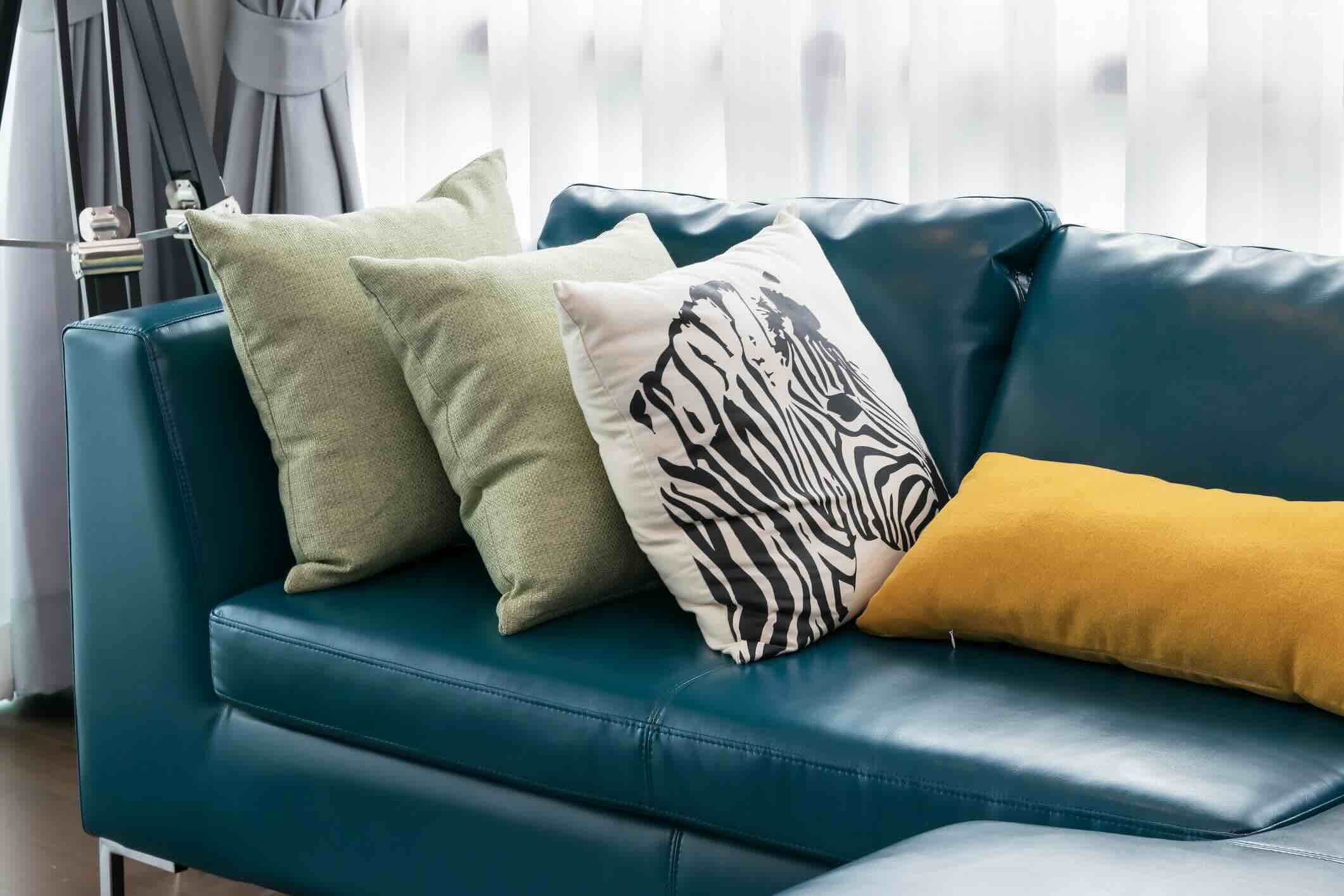

Living Room Furniture
How To Make Your Couch Cushions Stay In Place
Modified: March 16, 2024
Discover the ultimate solution to keep your living room furniture looking neat and tidy. Learn how to make your couch cushions stay in place with these simple tips and tricks.
(Many of the links in this article redirect to a specific reviewed product. Your purchase of these products through affiliate links helps to generate commission for Storables.com, at no extra cost. Learn more)
Introduction
There’s nothing worse than settling down onto your couch, only to find yourself constantly readjusting the cushions that just won’t stay in place. Whether you’re hosting a gathering or simply trying to enjoy some relaxation time, it can be incredibly frustrating to have to constantly rearrange your couch cushions. Fortunately, there are several solutions available to help keep your cushions secure and in place.
In this article, we will discuss various methods that can help you make your couch cushions stay in place. From non-slip cushion grippers to simple DIY solutions, we’ll explore the options that will keep your cushions exactly where you want them, eliminating the annoyance of constant adjustments.
So, if you’re tired of dealing with wayward cushions that disrupt your sitting or lounging experience, read on as we delve into practical strategies to keep your couch cushions firmly in place.
Key Takeaways:
- Say goodbye to constantly readjusting your couch cushions with non-slip grippers, velcro, or elastic bands. Enjoy a stable seating experience without the frustration of shifting cushions.
- Keep your couch cushions in place with simple solutions like rubber shelf liners or duct tape. Choose the method that best fits your needs and bid farewell to sliding cushions.
Read more: How To Get Patio Cushions To Stay In Place
Understanding the Problem
Before we dive into the solutions, let’s take a moment to understand why couch cushions tend to move around in the first place. There are a few factors that contribute to this common problem.
Firstly, the material of the cushion cover and the upholstery fabric on your couch can play a role. Slippery materials like leather, silk, or polyester can make it difficult for cushions to stay in place, especially if there’s no friction between them.
Secondly, the size and shape of the cushions can affect their stability. Large cushions or ones with rounded edges are more prone to shifting or sliding out of place because they have less surface area in contact with the couch.
Thirdly, the frequency of use can also contribute to the problem. If your couch is heavily used by multiple people, constant movement and shifting can easily displace the cushions.
Now that we have a better understanding of why the cushions move, let’s explore some effective solutions that will keep them securely in place.
Non-Slip Cushion Grippers
One of the most straightforward and effective solutions for keeping your couch cushions in place is by using non-slip cushion grippers. These grippers are specially designed pads that provide traction and prevent cushions from sliding around.
To use non-slip cushion grippers, simply place them on the couch seat before adding the cushions on top. The grippers will create friction between the cushions and the couch, preventing them from shifting or sliding. They are typically made from rubber or silicone, which provides a strong grip.
Non-slip cushion grippers are available in various shapes and sizes to accommodate different cushion sizes and designs. Some even come in adhesive forms, allowing you to secure them directly to the cushion fabric for a more permanent solution.
These grippers are easy to install and can be removed and reused as needed. They are also discreet and do not interfere with the aesthetic of your couch. Whether you have leather, fabric, or synthetic upholstery, non-slip cushion grippers can work effectively with all types of materials.
When purchasing non-slip cushion grippers, it’s important to consider the thickness and durability of the material. Look for grippers that are thick enough to provide a secure grip, but not so thick that they affect the comfort of the cushions.
Overall, non-slip cushion grippers are a simple yet effective solution for keeping your couch cushions in place. They provide a hassle-free way to improve the stability of your cushions, allowing you to enjoy your seating experience without constant readjustments.
Velcro Strips and Tape
Another popular solution for keeping your couch cushions in place is using velcro strips or tape. Velcro is a hook-and-loop fastener that provides a strong and secure bond when pressed together.
To use velcro strips or tape, start by attaching one side of the velcro to the bottom of your cushion. Depending on the thickness of the cushion, you may need to use multiple strips to ensure a secure attachment. Next, attach the corresponding piece of velcro to the area of the couch seat where the cushion will rest.
Once both sides of the velcro are in place, simply press the cushion firmly onto the couch, allowing the hook and loop to securely fasten together. This will keep the cushion in place, preventing it from shifting or sliding.
Velcro strips and tape are versatile and can be used with various cushion sizes and shapes. They can be cut to the desired length, ensuring a customized fit for your cushions. Additionally, velcro is available in a range of strengths, so be sure to choose a type that can support the weight of your cushions.
One advantage of using velcro is that it provides a strong hold while still allowing you to easily detach and rearrange the cushions when desired. This makes it a convenient solution, especially if you frequently rearrange your seating arrangement.
It’s worth noting that when using velcro, it’s crucial to clean the adhesive surfaces regularly to maintain their grip. Over time, dust, lint, and other particles can accumulate, reducing the effectiveness of the bond. Regular cleaning will help ensure that the velcro continues to hold the cushion firmly in place.
Whether you choose velcro strips or tape, this method provides a reliable and customizable way to keep your couch cushions secure. With the help of velcro, you can finally say goodbye to shifting and sliding cushions and enjoy a more stable seating experience.
Furniture Ties or Straps
If you’re looking for a more permanent solution to keep your couch cushions firmly in place, furniture ties or straps can be an excellent option. These ties or straps are typically made of sturdy materials such as fabric or nylon, and they secure the cushions to the frame of the couch.
To use furniture ties or straps, start by attaching one end to the underside of the cushion. This can be done by sewing or looping the tie around the cushion corners. Next, secure the other end of the tie or strap to a fixed point on the couch frame, such as a leg or a support beam.
By fastening the ties or straps in this way, you create a strong connection between the cushion and the couch, preventing any movement or sliding. This method is especially useful if you have large or heavy cushions that are prone to shifting.
When selecting furniture ties or straps, ensure that they are of appropriate length and strength to support the weight of your cushions. It’s also important to consider the material and style of the ties or straps, as you’ll want them to blend seamlessly with your couch’s design.
While furniture ties or straps provide a secure solution, it’s important to note that they may require some installation effort. You may need basic sewing skills to attach them to the cushions, or you may need to drill small holes in the couch frame to secure the ties or straps.
However, once properly installed, furniture ties or straps offer a long-lasting solution that will keep your cushions in place for years to come. They are an ideal choice for those who prefer a more permanent solution to the problem of shifting couch cushions.
Overall, furniture ties or straps provide a reliable and effective way to keep your couch cushions securely in place. With their strong hold and durable construction, you can say goodbye to constantly readjusting your cushions and enjoy a stable and comfortable seating experience.
To keep your couch cushions in place, try using non-slip grip pads or Velcro strips between the cushions and the couch frame. This will help prevent them from sliding around.
Read more: How To Make Couch Cushions
Rubber Shelf Liners
When it comes to keeping your couch cushions from sliding around, rubber shelf liners can be a surprisingly effective solution. These liners are typically used to create friction and provide grip on shelves, but they can also be used to secure your cushions in place.
To use rubber shelf liners, start by measuring and cutting the liner to fit the size of your couch seat. Place the liner on the seat, ensuring that it covers the entire surface area. Then, position your cushions on top of the liner.
The rubber material of the shelf liner creates friction between the cushion and the couch, preventing any movement or sliding. This friction ensures that your cushions stay put, even during frequent use.
Rubber shelf liners are readily available at most home improvement or kitchen supply stores, and they come in various thicknesses and sizes. It’s important to choose a liner that is thick and sturdy enough to provide a secure grip on the cushions.
Another advantage of using rubber shelf liners is that they are easy to remove and clean. Simply lift the cushions, remove the liner, and shake off any debris. If the liner becomes dirty or loses its grip over time, you can easily clean it with soap and water, allowing it to regain its effectiveness.
In addition to preventing cushion movement, rubber shelf liners can also protect your couch from potential scratches and damage caused by constant friction between the cushions and the upholstery.
Overall, rubber shelf liners are a cost-effective and simple solution to keep your couch cushions in place. With their ability to create friction and provide a secure grip, you can enjoy a stable seating experience without the frustration of constantly adjusting your cushions.
Hook-and-Loop Fasteners
Hook-and-loop fasteners, commonly known by the brand name Velcro, are a versatile and practical solution for keeping your couch cushions in place. These fasteners consist of two components: the hook side and the loop side, which adhere to each other when pressed together.
To use hook-and-loop fasteners, start by attaching the hook side of the fastener to the underside of the cushion. You can sew or stick the fastener using adhesive. Then, attach the loop side of the fastener to the corresponding area on the couch seat where the cushion will rest.
When it’s time to sit or lounge on the couch, simply press the cushion firmly onto the seat, allowing the hook and loop sides of the fastener to secure together. This creates a strong bond that keeps the cushion in place, preventing any shifting or sliding.
Hook-and-loop fasteners are available in various sizes and strengths, allowing you to choose the right type for your cushions. It’s important to select fasteners that can support the weight and size of your cushions and provide a secure hold.
One advantage of using hook-and-loop fasteners is their versatility. You can easily attach and detach the fasteners whenever needed, making it convenient to rearrange the cushions or remove them for cleaning. Additionally, hook-and-loop fasteners are durable and can withstand regular use without losing their adhesive properties.
When using hook-and-loop fasteners, remember to clean the surfaces regularly to maintain their grip. Over time, dust, lint, and debris can accumulate, reducing the effectiveness of the bond. Regular cleaning with a soft brush or damp cloth will help ensure that the fasteners continue to hold the cushions securely.
Overall, hook-and-loop fasteners offer a reliable, customizable, and reusable solution for keeping your couch cushions in place. With their strong hold, convenience, and versatility, you can say goodbye to constantly adjusting your cushions and enjoy a stable seating experience.
Sewing Elastic Bands
If you’re looking for a reliable and discreet solution to keep your couch cushions in place, sewing elastic bands can be a great option. Elastic bands provide tension and keep the cushions snugly secured without being visible.
To use sewing elastic bands, start by sewing the bands onto the cushion covers. Measure and cut the elastic bands to fit the dimensions of your cushions. Then, sew one end of the band onto the backside of the cushion cover, near the corners or edges. Repeat this step for each corner of the cushion.
Next, stretch the elastic bands across the base of the couch seat where the cushions will sit. Sew the other end of each elastic band securely onto the couch fabric. The tension from the bands will keep the cushions in place, preventing any sliding or shifting.
When sewing the elastic bands, make sure to use a strong thread and reinforce the stitches to ensure durability. It’s also important to choose elastic bands that have enough elasticity to provide sufficient tension but not overly tight as to distort the shape of the cushion.
Elastic bands offer a practical solution, especially if you have cushions of various sizes. The adjustability of the elastic allows for a snug fit, regardless of cushion dimensions. This method is particularly effective for cushions that have loose or ill-fitting covers.
One advantage of sewing elastic bands is that they are discreet and virtually invisible. Unlike some other methods, elastic bands blend seamlessly with the cushion fabric and don’t detract from the overall appearance of your couch.
It’s important to note that sewing elastic bands may require some basic sewing skills and equipment. However, once properly installed, they provide a long-lasting solution that requires minimal maintenance.
By using sewing elastic bands, you can enjoy the added stability and peace of mind that your cushions will stay in place, even with regular use. Say farewell to constantly readjusting your cushions and experience a more comfortable and secure seating arrangement.
Using Duct Tape
When it comes to finding a quick and budget-friendly solution for keeping your couch cushions in place, duct tape can be surprisingly effective. While not as elegant as some other methods, using duct tape can provide a temporary fix for cushions that constantly slide or shift.
To use duct tape, start by flipping the cushion over and apply strips of tape along the edges or corners of the cushion. Make sure to press the tape firmly onto the cushion fabric to ensure a secure hold. Repeat this step for each cushion that needs to be secured.
Once the tape is in place, carefully position the cushions on the couch seat and press them down firmly. The adhesive properties of the duct tape will create friction and prevent the cushions from sliding or moving around.
It’s worth noting that using duct tape may not be the most aesthetically pleasing solution, as the tape may be visible when the cushions are flipped over. However, if discretion is not a concern, this method can offer a quick and practical fix.
One advantage of using duct tape is its versatility and availability. Duct tape can be found in most hardware stores and comes in various colors and patterns. This allows you to choose a tape that matches your couch or cushion fabric, minimizing the visual impact.
It’s important to keep in mind that duct tape is not a permanent solution and may not hold up well over time, especially with frequent use and exposure to pressure and friction. Additionally, removing duct tape from certain cushion fabrics may leave behind a sticky residue or damage the fabric surface. Therefore, it’s recommended to use duct tape as a temporary solution until a more robust method can be employed.
Overall, using duct tape can serve as a quick and inexpensive fix to keep your couch cushions in place. While not the most elegant solution, it can provide temporary stability and prevent constant cushion adjustments. Just remember to use caution when applying and removing the tape to avoid any damage to the cushion or upholstery.
Read more: How To Make A Duvet Cover Stay In Place
Conclusion
Dealing with couch cushions that constantly slide or shift can be frustrating and disrupt your seating experience. Fortunately, several effective solutions can help keep your cushions securely in place.
Whether you opt for non-slip cushion grippers, velcro strips, furniture ties, rubber shelf liners, hook-and-loop fasteners, sewing elastic bands, or even duct tape, each method has its benefits and considerations. Choose the solution that best fits your needs, preferences, and budget.
The non-slip cushion grippers offer a simple and removable solution, providing friction and keeping your cushions in place. Velcro strips provide a customizable and convenient option, allowing you to easily attach and detach cushions as needed. Furniture ties or straps offer a more permanent and secure solution, perfect for those who prefer stability and don’t frequently rearrange their cushions.
Using rubber shelf liners creates friction between the cushions and the couch, preventing sliding while also protecting your upholstery. Hook-and-loop fasteners provide a versatile, reusable, and adjustable option for securing your cushions. Sewing elastic bands offer a discreet and customizable solution, particularly useful for cushions of various sizes. And while not the most elegant option, duct tape can provide a quick fix for temporary cushion stability.
Remember to consider factors such as cushion material, cushion size and shape, and the frequency of use when choosing a method. It’s also essential to clean and maintain the chosen solution to ensure its effectiveness over time.
By implementing one of these solutions, you can finally bid farewell to the constant frustration of readjusting your couch cushions. Enjoy a more stable seating experience, whether you’re hosting guests, relaxing with your family, or simply unwinding on your own.
Now that you’re armed with the knowledge and options for keeping your couch cushions in place, take action and choose the solution that fits your needs. Say goodbye to sliding cushions and hello to a more comfortable and enjoyable living room experience!
Frequently Asked Questions about How To Make Your Couch Cushions Stay In Place
Was this page helpful?
At Storables.com, we guarantee accurate and reliable information. Our content, validated by Expert Board Contributors, is crafted following stringent Editorial Policies. We're committed to providing you with well-researched, expert-backed insights for all your informational needs.
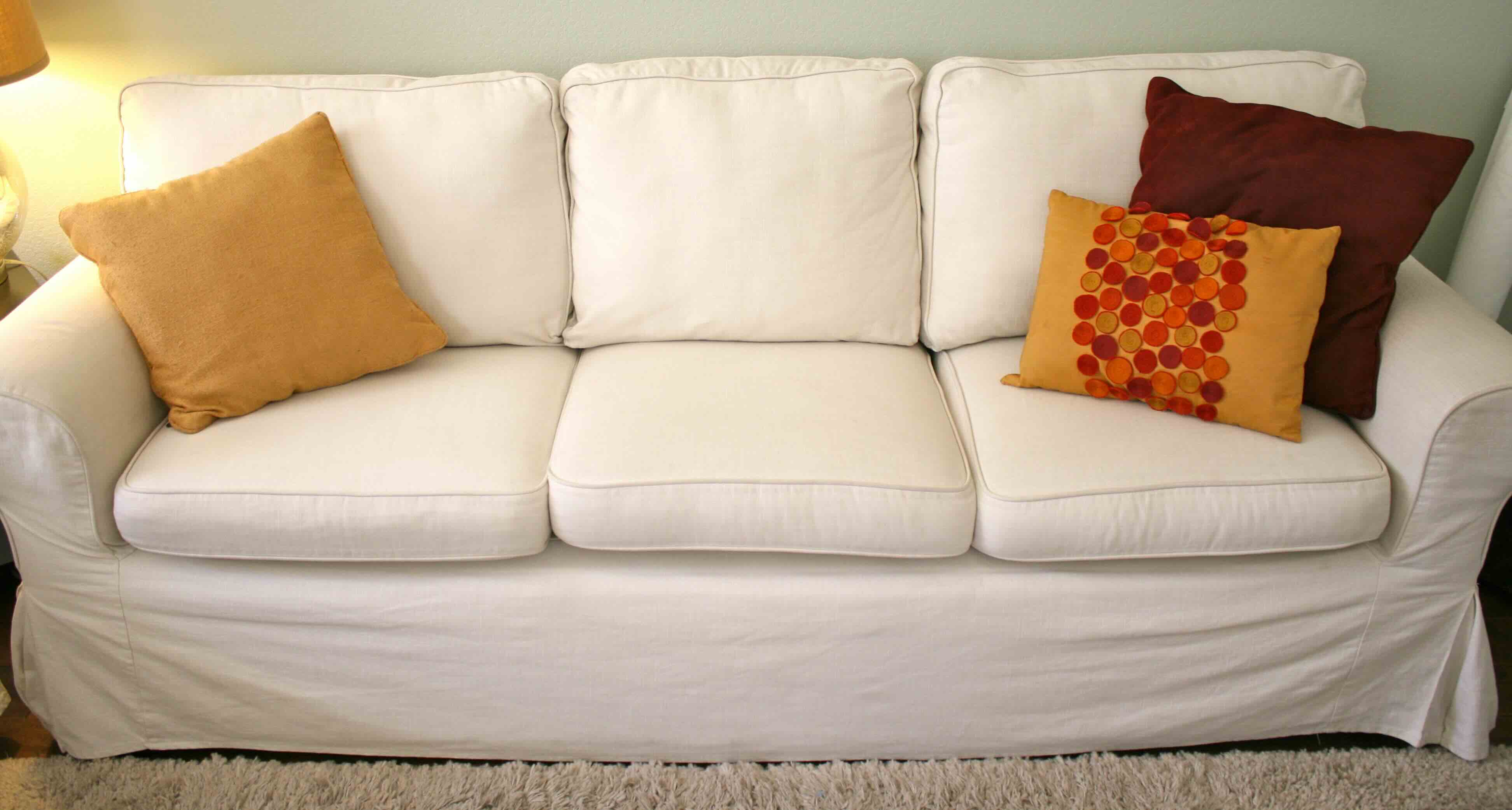
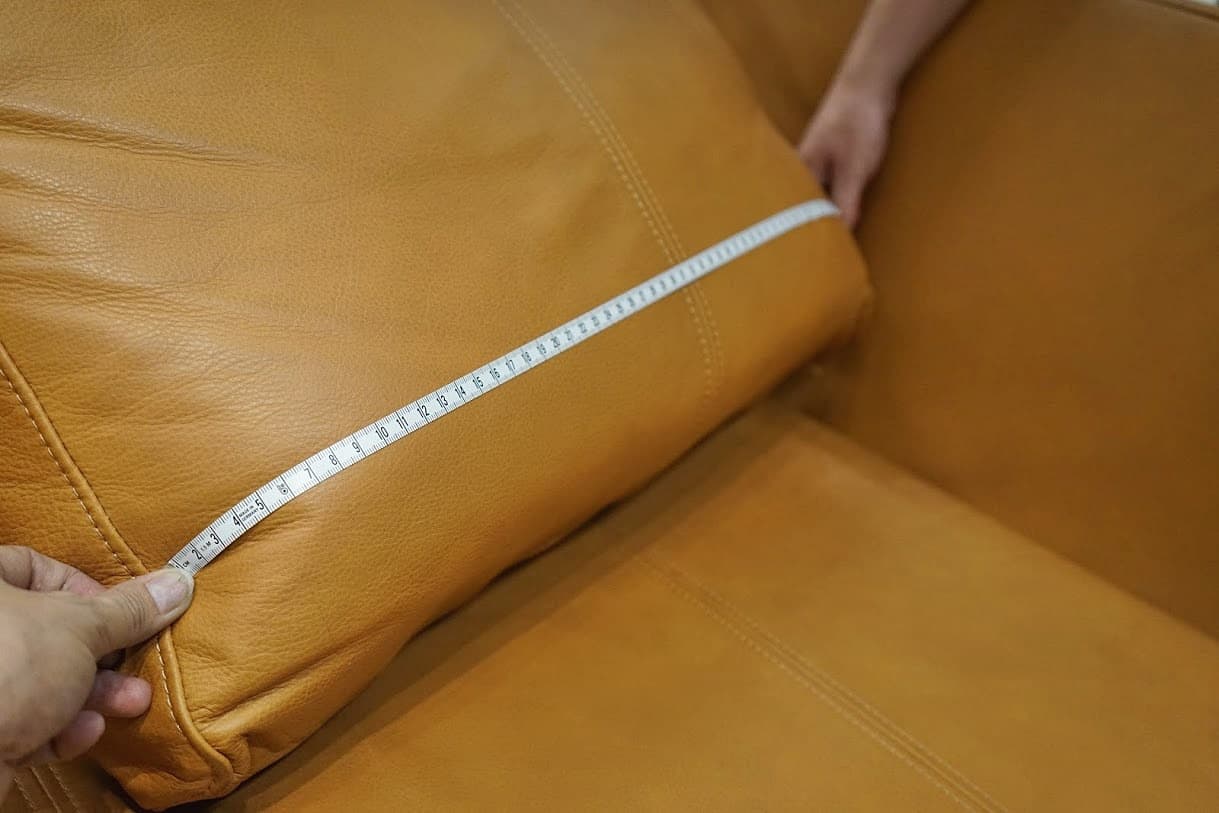
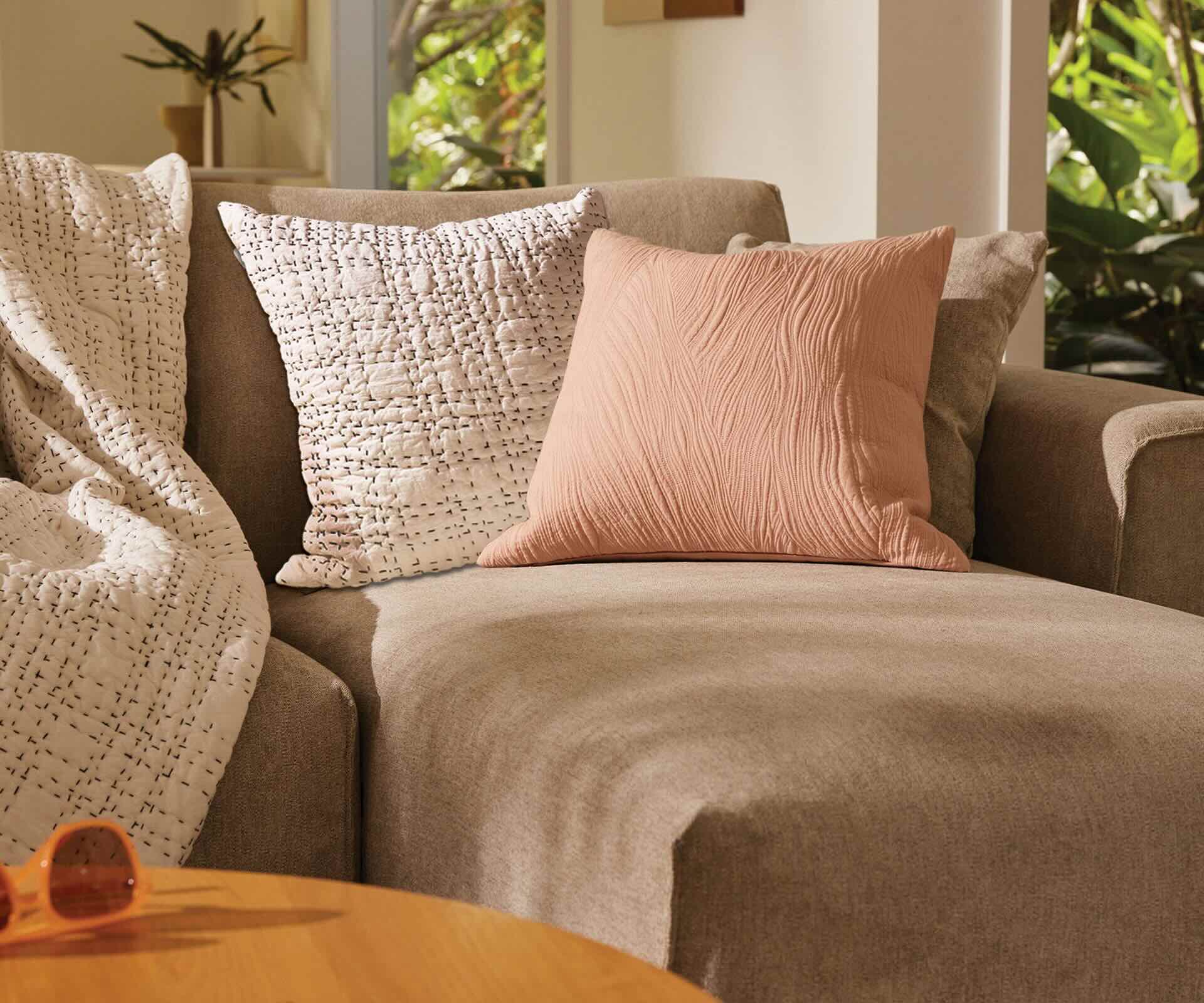
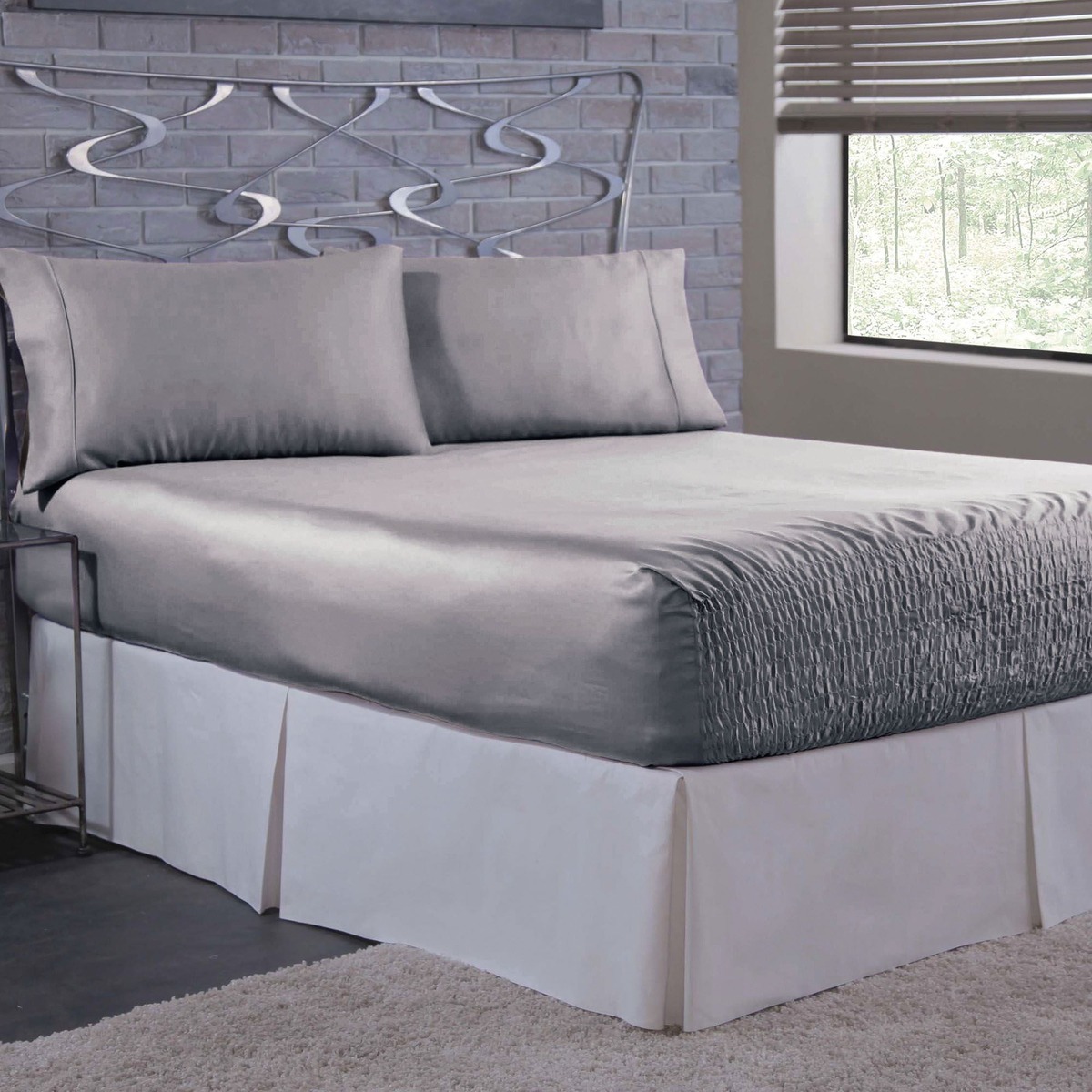
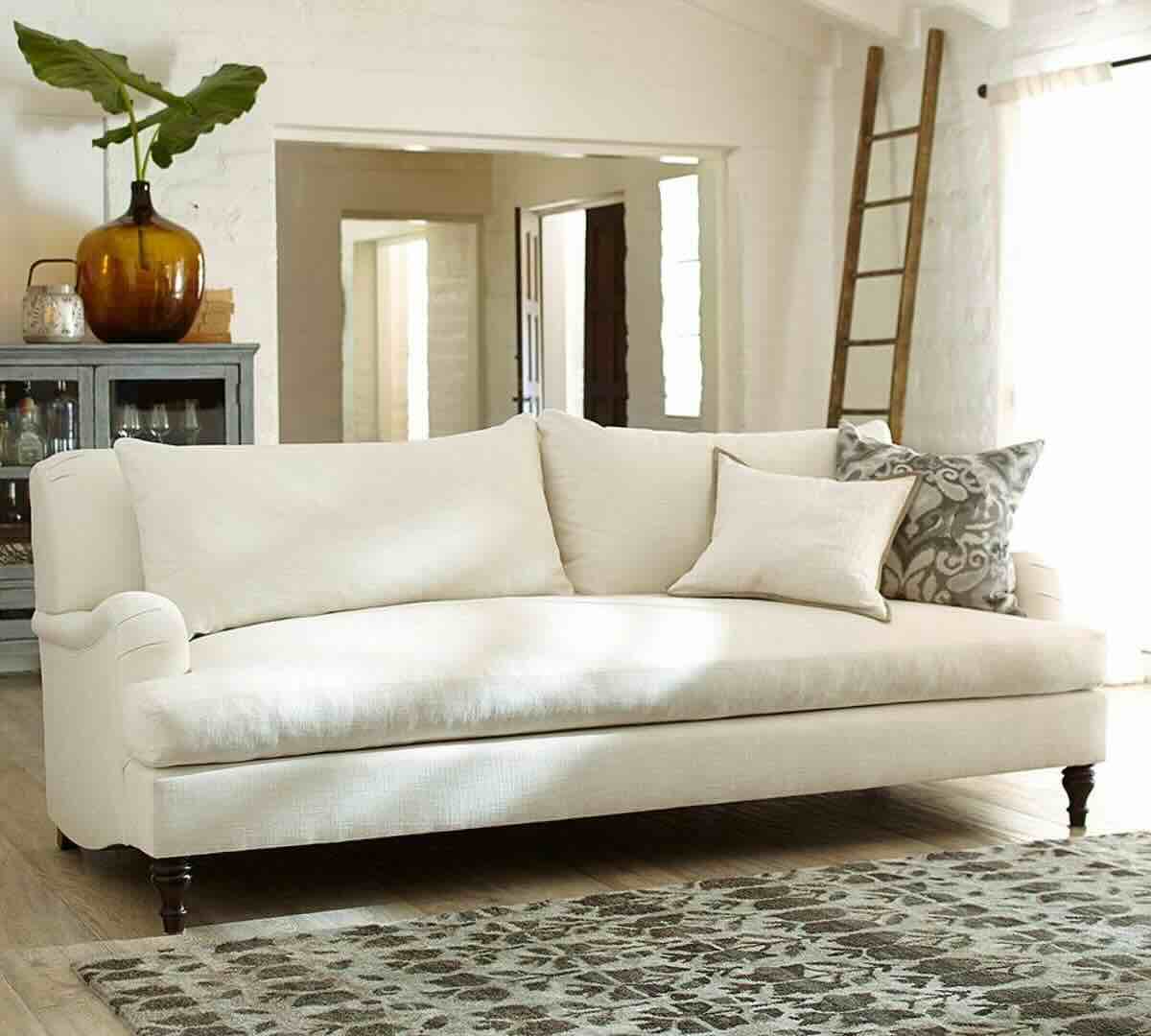
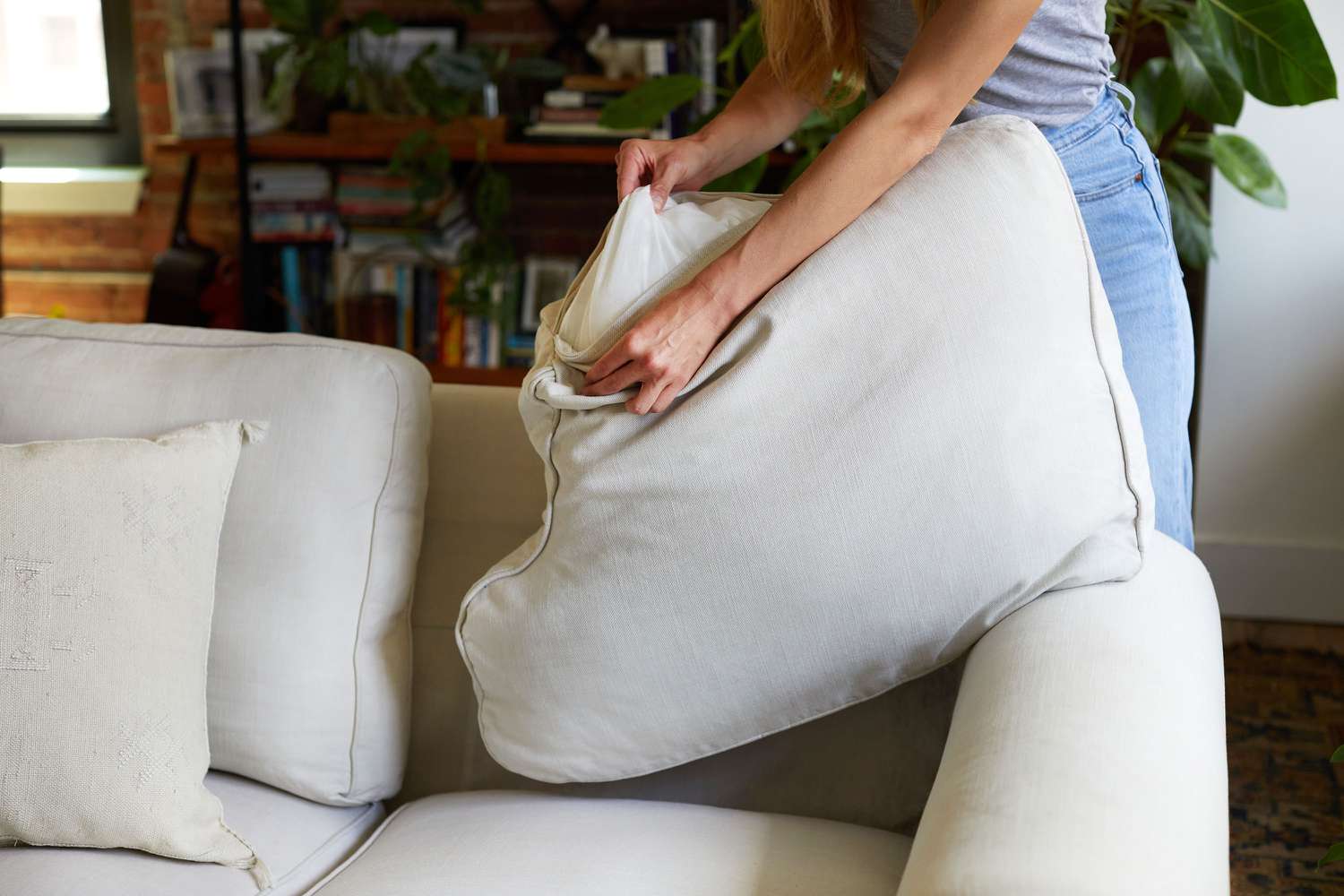
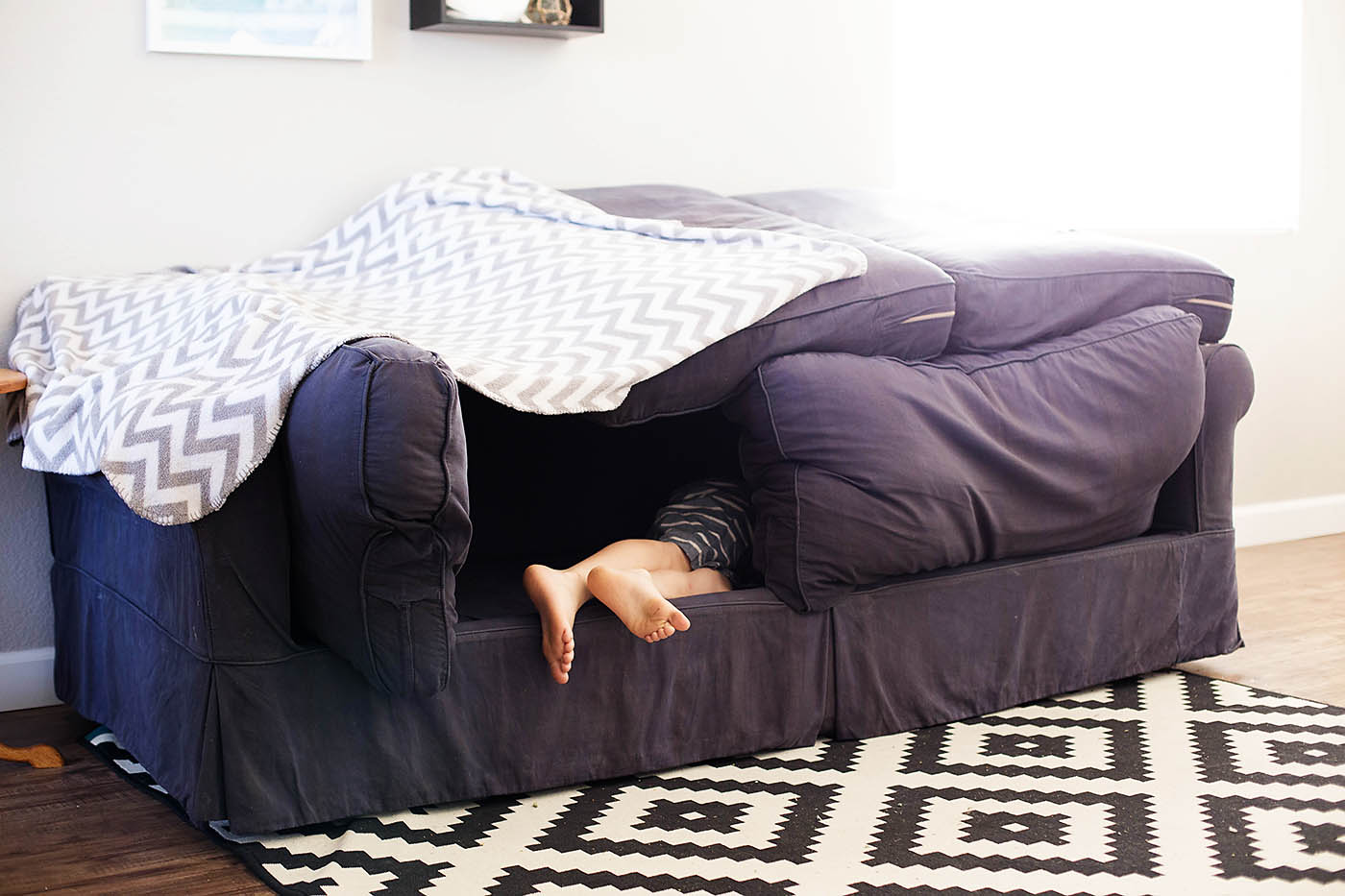
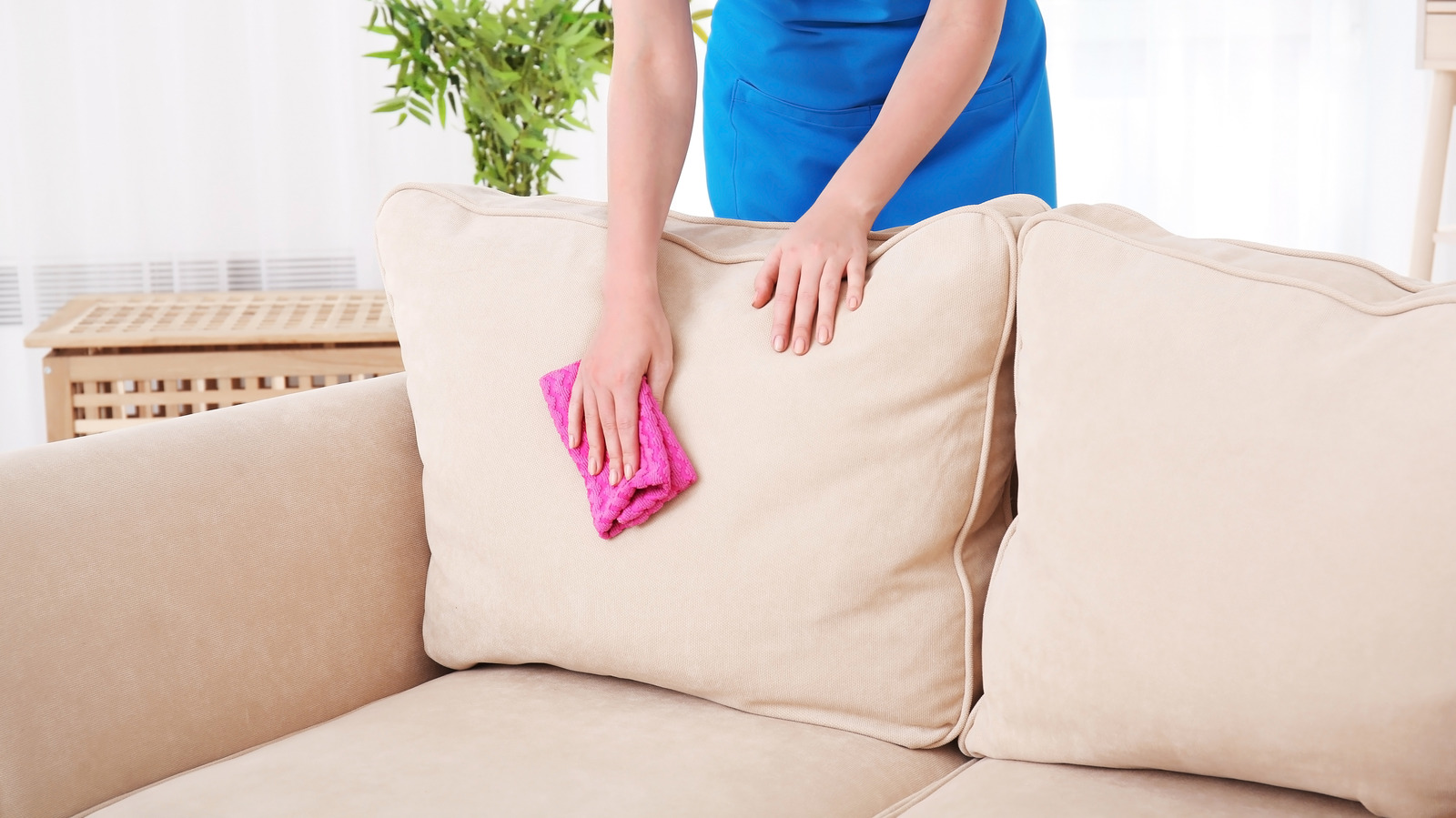
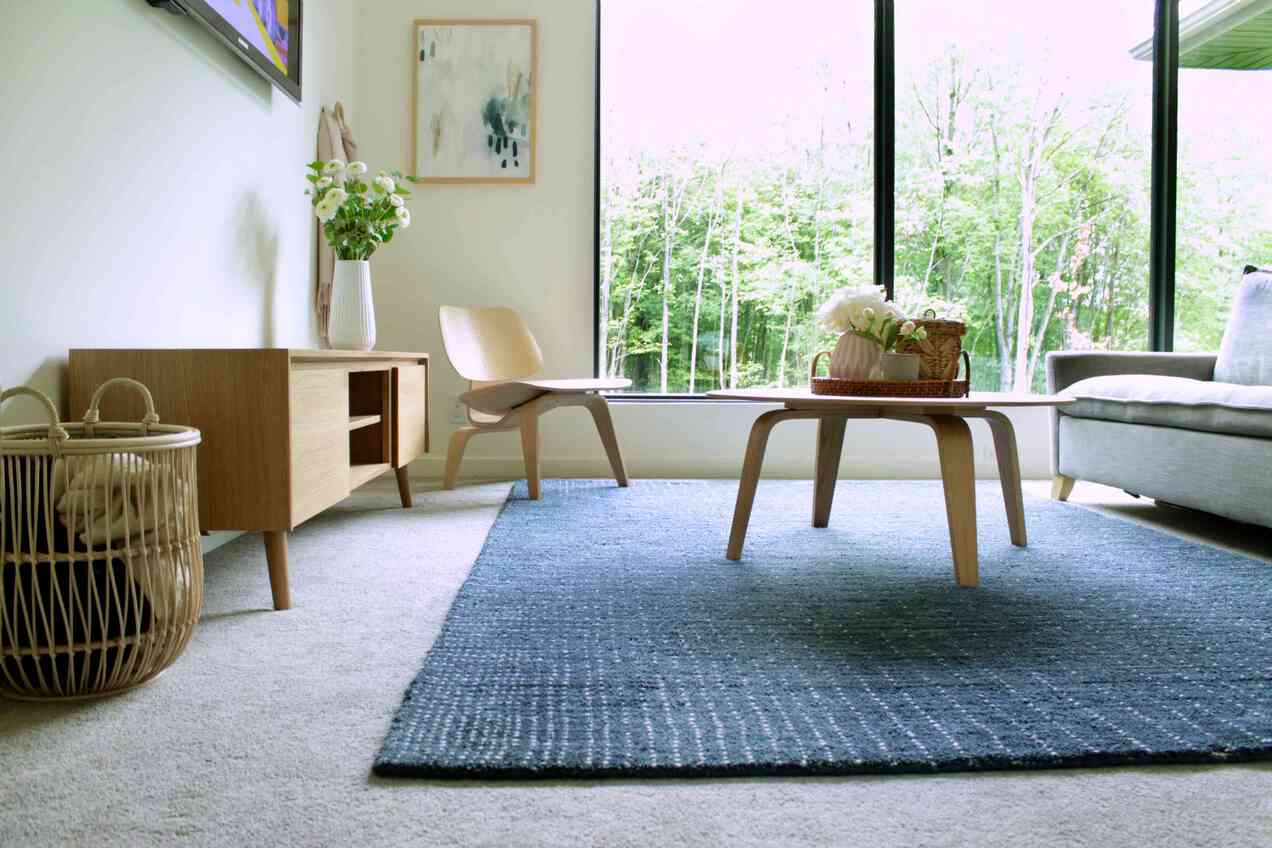

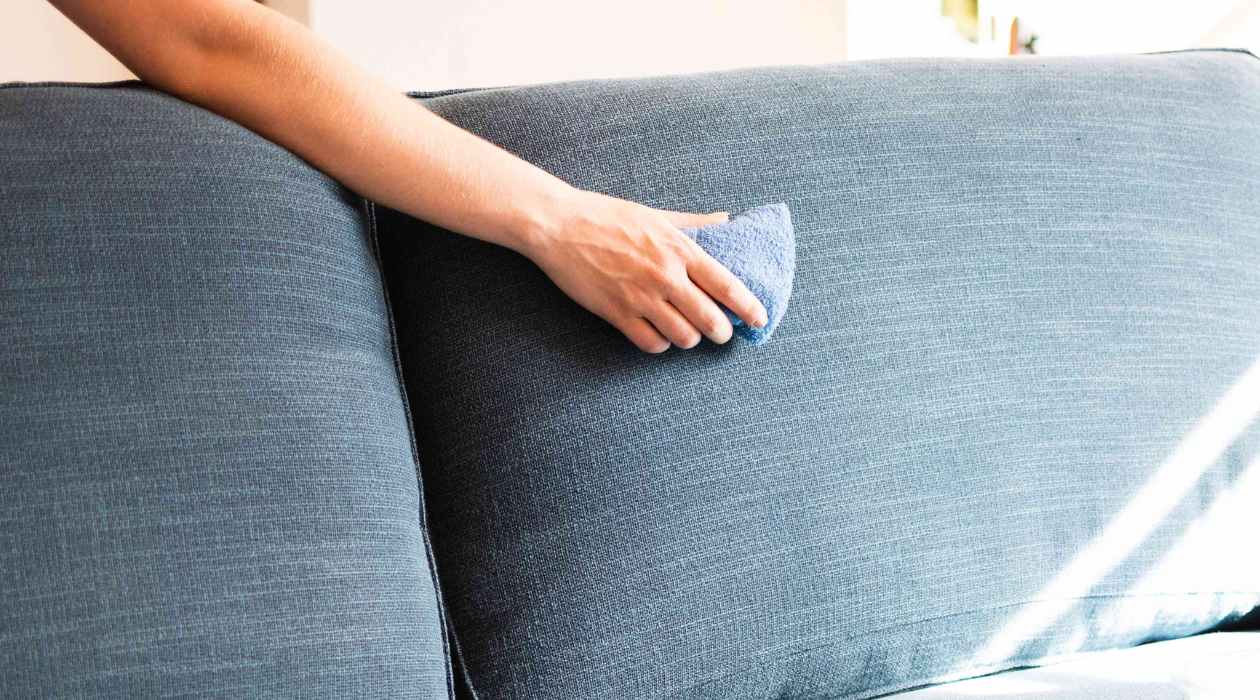
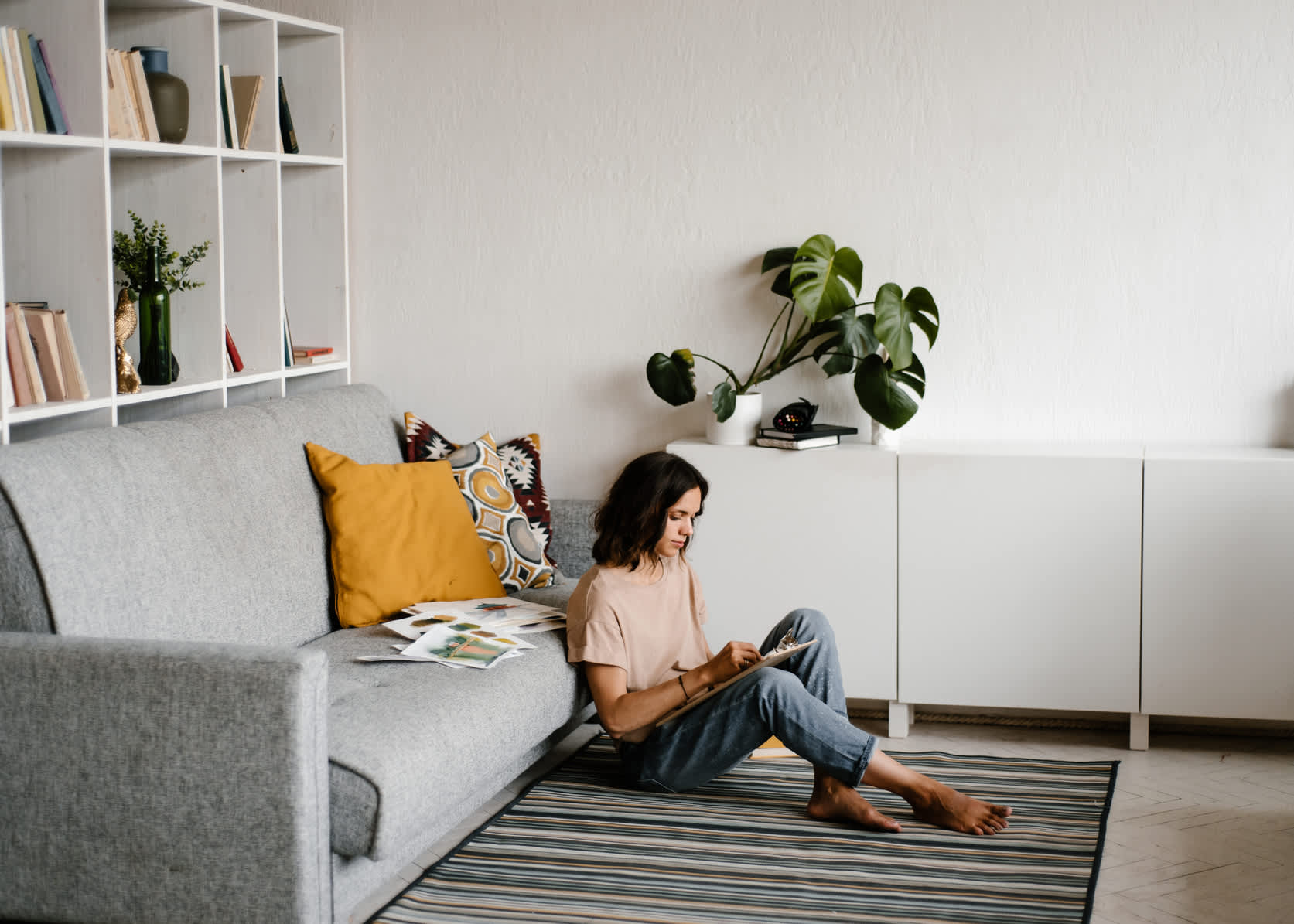
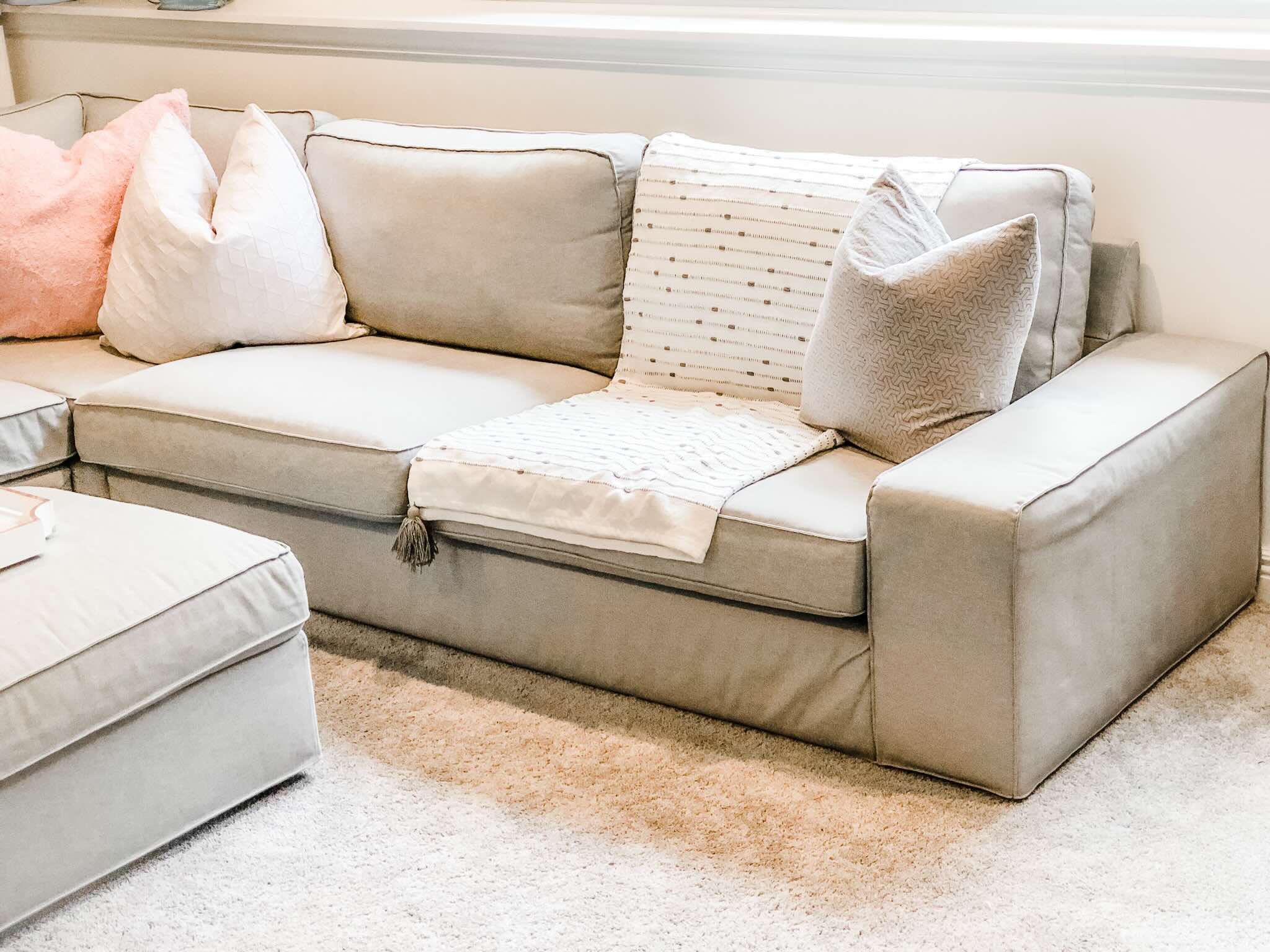

0 thoughts on “How To Make Your Couch Cushions Stay In Place”